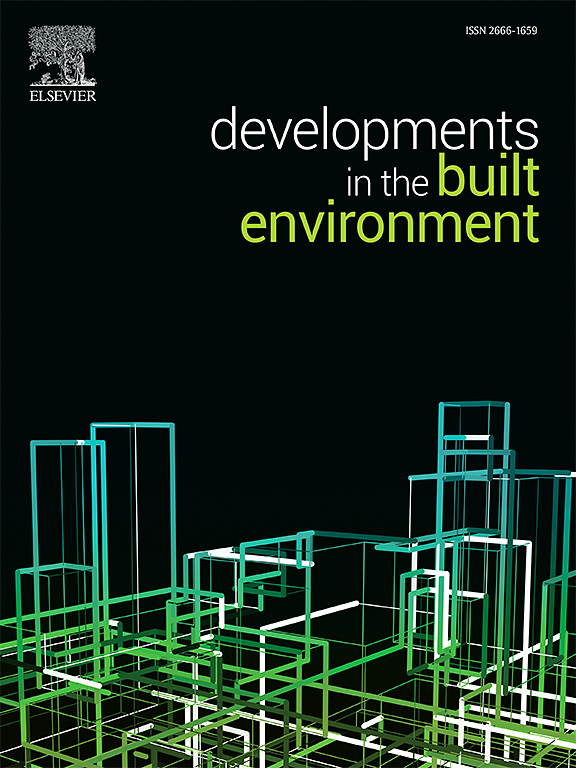传统隧道施工中数据分析与工艺挖掘相结合的实例研究
IF 6.2
2区 工程技术
Q1 CONSTRUCTION & BUILDING TECHNOLOGY
引用次数: 0
摘要
传统的隧道施工通常依赖于手工的施工过程分析方法,使用纸质周期图或电子表格等工具,这些工具缺乏即时更新和功能,限制了绩效评估、沟通和决策。因此,整合商业智能功能的全数字化流程可以通过改善数据驱动的决策、运营效率和资源分配来带来好处。本文介绍了一个案例研究,利用施工文件来评估数据和过程分析在常规隧道掘进中的适用性。我们还提出了一种新的方法来可视化和分析施工序列偏差。该研究展示了如何利用数据和过程分析来评估活动序列、单个活动的持续时间、进度率和总体项目绩效。通过遵守既定的行业标准,本研究考察了在运营隧道环境中数据分析方法的实际实施,有助于集成数字工作流程的发展。本文章由计算机程序翻译,如有差异,请以英文原文为准。
A case study on integrating data analysis and process mining in conventional tunnel construction
Conventional tunnel construction often relies on manual methods of construction process analysis, using tools such as paper-based cycle diagrams or spreadsheets, which lack immediate updates and capabilities, limiting performance evaluation, communication, and decision-making. As a result, moving to a fully digital process incorporating business intelligence capabilities can deliver benefits by improving data-driven decision-making, operational efficiency and resource allocation. This paper presents a case study using construction documentation to evaluate the applicability of data and process analytics in conventional tunnelling. We also present a novel approach to visualising and analysing construction sequence deviations. The study demonstrates how data and process analysis can be utilised to evaluate the activity sequences, the duration of single activities, advance rates, and general project performance. By adhering to established industry standards, this research examines the practical implementation of data analysis methods in operational tunnelling environments, contributing to the development of integrated digital workflows.
求助全文
通过发布文献求助,成功后即可免费获取论文全文。
去求助
来源期刊

Developments in the Built Environment
Multiple-
CiteScore
7.40
自引率
1.20%
发文量
31
审稿时长
22 days
期刊介绍:
Developments in the Built Environment (DIBE) is a recently established peer-reviewed gold open access journal, ensuring that all accepted articles are permanently and freely accessible. Focused on civil engineering and the built environment, DIBE publishes original papers and short communications. Encompassing topics such as construction materials and building sustainability, the journal adopts a holistic approach with the aim of benefiting the community.
 求助内容:
求助内容: 应助结果提醒方式:
应助结果提醒方式:


